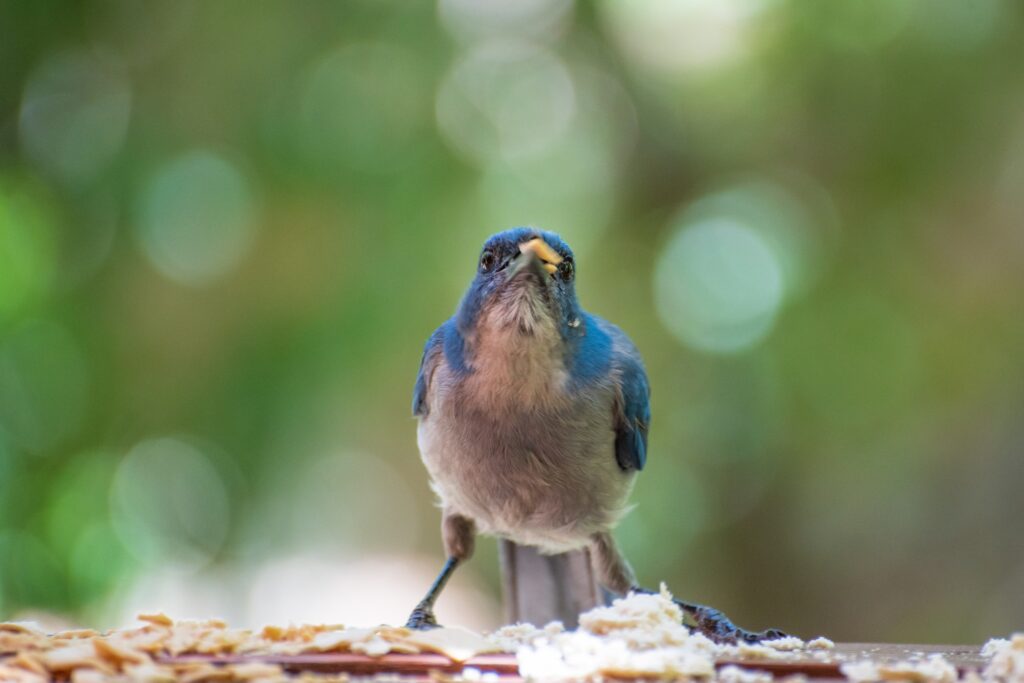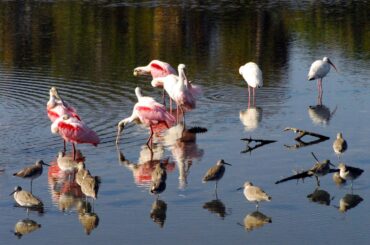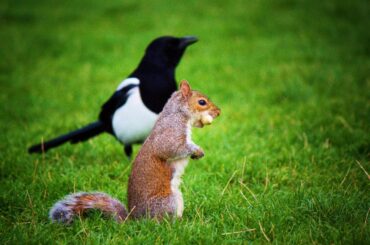Have you ever thought of the striking differences between bluebirds and blue jays? Curious about the vibrant colors they possess that grace our skies? Are you excited to explore the unique traits that set them apart?
From an aviation perspective, bluebirds and blue jays are incomparable to others. These birds are loved for their innate beauty and how interesting they are to watch due to their unique blue hue.
Bluebirds and blue jays are both famous among bird enthusiasts. Blue jays are outgoing and have strong personalities, whereas bluebirds are tranquil and have beautiful songs.
Meet The Bluebirds: An In-Depth Look At These Birds
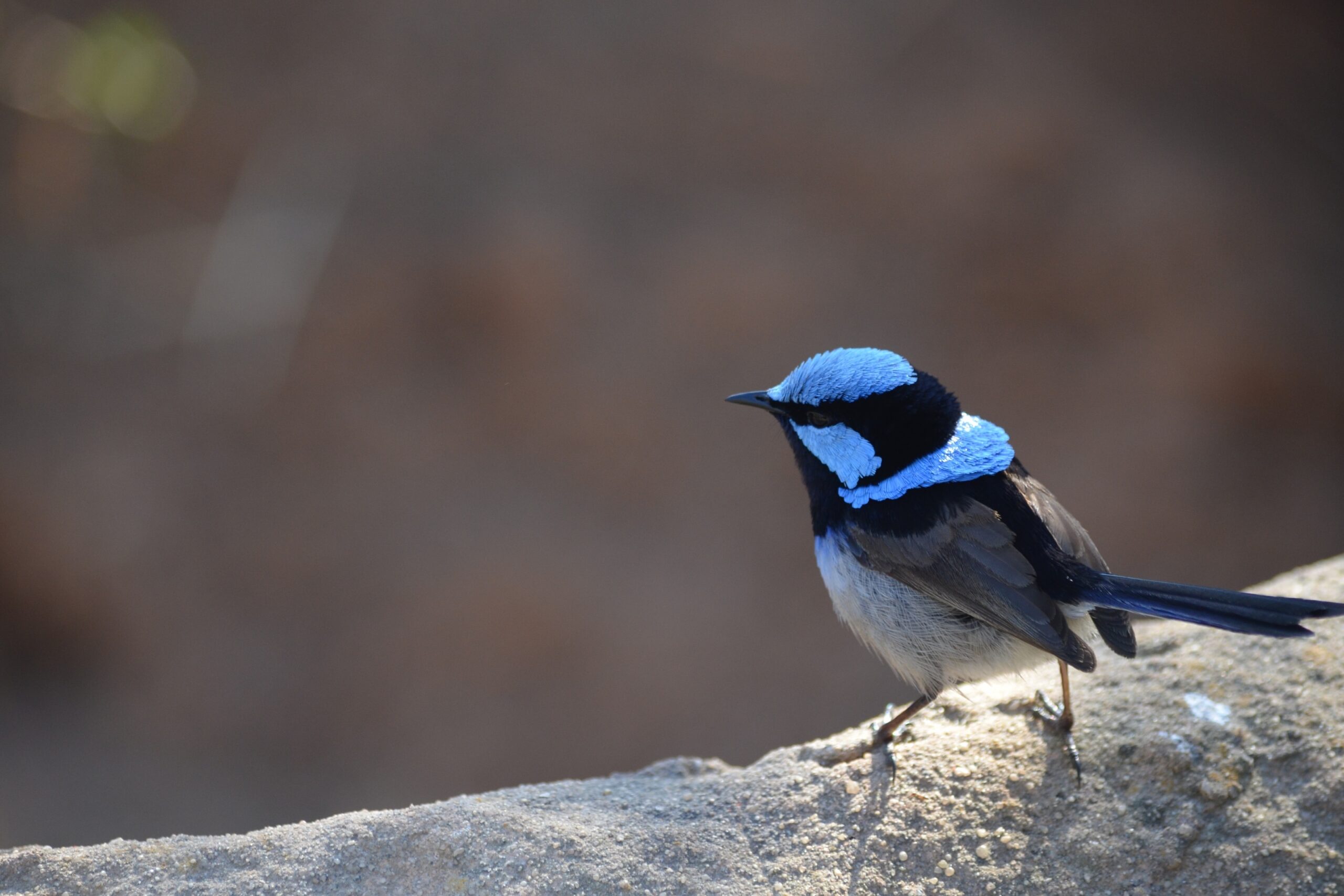
The three primary Sialia bluebird species are the eastern, western, and mountain bluebirds found in the Eastern US and Western parts of North America, respectively. Bluebirds possess bright feathers, usually blue, rust, or white.
Bluebirds play an essential role in the bird variety since they add to the complex web of North American bird life. With their bright blue feathers and happy songs, they stand out as icons of the places they live.
Nature fans and people who like birds have found that bluebirds are famous because they are fun to watch, take pictures of, and work to protect.
All About Blue Jay: Fascinating Facts And Insights
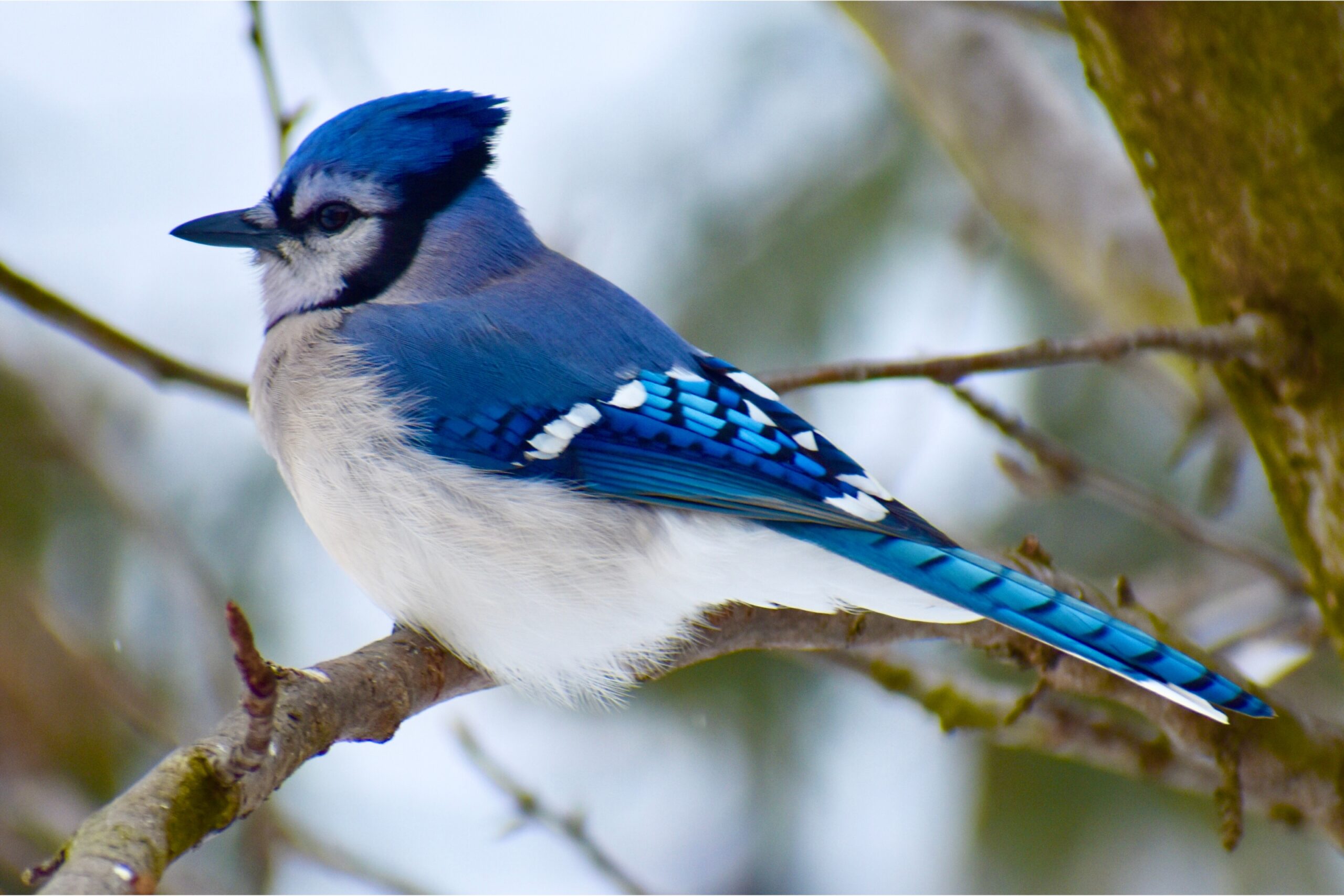
The blue jay, also known as Cyanocitta cristata, is described as a striking bird that belongs to the Corvidae family. It is famous, originated in North America, and possesses vibrant blue feathers, a white underbelly, and black markings around its eyes.
Geographically, blue jays can be found throughout North America. They are merely seen in Southern Canada, Florida, and Texas. They are praised because of their importance in the ecosystem.
Blue jays are popular among birdwatchers because they adapt well to the wild and human environments. They said blue jays can bring people closer to nature, which helps them understand the animal world.
Physical Characteristics: Bluebird Vs. Blue Jay
The differences between bluebirds and blue jays are visible in size, color, and markings. These aspects further contribute to their charm and recognition in aviation.
Size And Shape
Bluebirds have shorter tails and rounder heads, which are about 6.5 to 7 inches (16.5 to 17.8 cm) long.
Blue jays, however, are longer than bluebirds, measuring about 9 to 12 inches (22.9 to 20.5cm) and possessing a longer tail and a more aggressive appearance.
Coloration And Plumage
One of the distinct features of bluebirds and blue jays is their coloration and feathers. Bluebirds display a soft blue upper body, a rust-colored throat and breast, and a white underbelly.
In comparison, blue jays have vibrant and contrasting colors.
Distinctive Markings And Features
Bluebirds and blue jays differ because of their colors and markings. Bluebirds have less visible marks and male bluebirds possess brighter hues than females.
Blue jays, conversely, have more visible markings that are easy to see due to the black “necklace” around their neck, the striking blue crest on top of their head, and the large white bars on their wings and tail feathers.
Flight
Flight patterns also differ between bluebirds and blue jays. Bluebirds’ flight is characterized as steady, graceful, and agile. They usually fly from perches to the ground for insects and berries.
Meanwhile, blue jays exhibit a more robust and active way of flying. They can fly with strong wing beats and often do amazing things in the air.
Habitat And Geographic Range: Bluebird Vs. Blue Jay
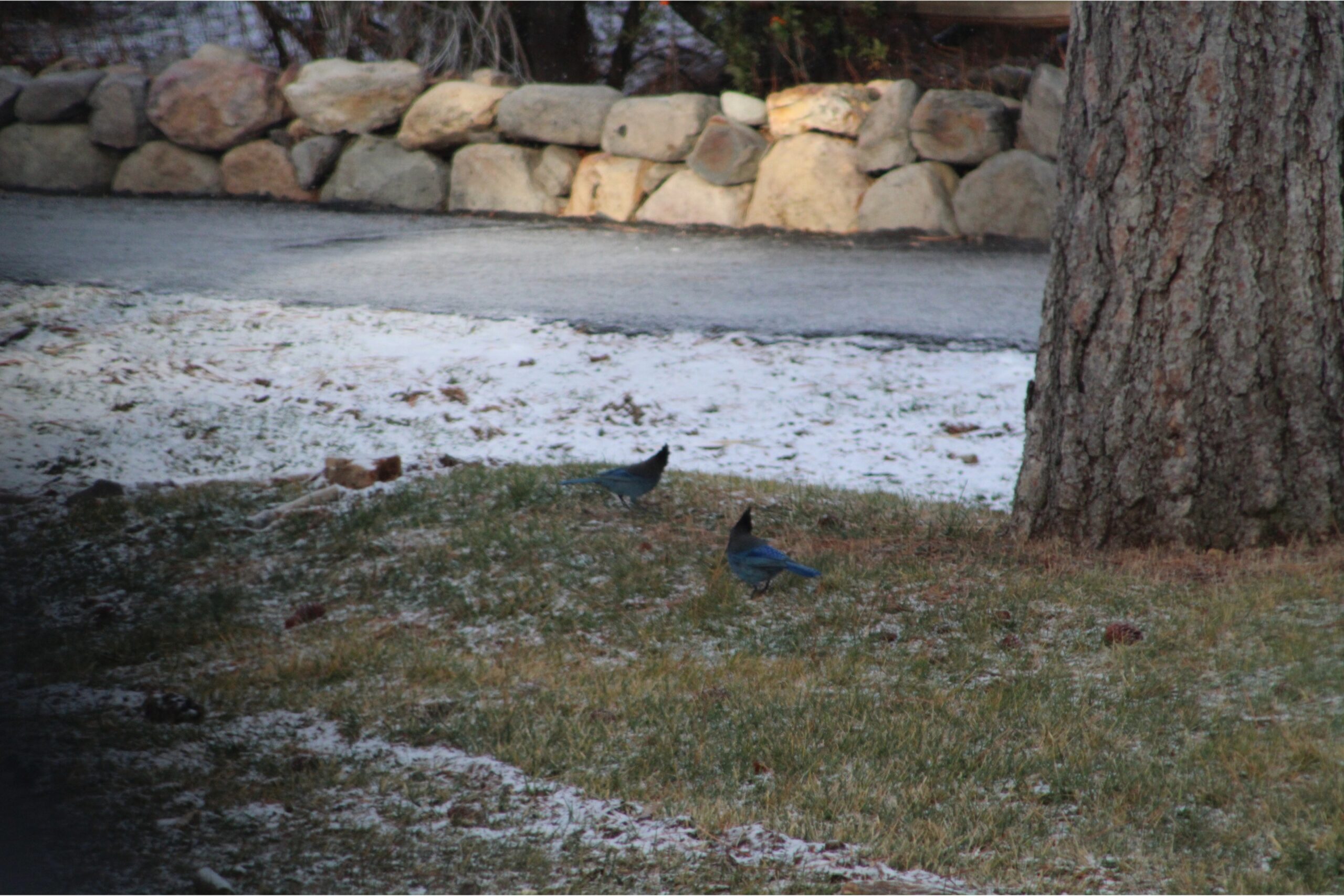
Pictures of blue jays and bluebirds are more common in urban areas, like parks and gardens for blue jays and fields and gardens for bluebirds. This is because these two bird species prefer to live and are comfortable relocating to said spaces.
In addition, bluebirds love open spaces and are fond of flying low over grassy areas in the United States and Canada, while blue jays can be seen echoing through the trees in North America and other parts of the continent, including the eastern and central regions.
Feeding Habits: Difference Between Bluebirds And Blue Jays
Both bluebirds and blue jays have unique ways of looking at and enjoying their meals. Bluebirds’ favorites include worms, caterpillars, and beetles. They also eat right away as compared to their blue jay counterparts.
Blue jay habits involve sorting and saving extra food for later. Their diet is more varied since they enjoy snacking on nuts, seeds, and sometimes small creatures like insects and frogs. This bird considers food a yummy treat when it is harder to find.
Vocalizations And Communication: Bluebirds Vs. Blue Jays
Bluebirds and blue jays have different styles and ways of vocalizing and communicating. Bluebirds are sweet and gentle and have a tinkling melody that is soft and soothing to the ears. Blue jays, however, have loud, sharp vocals that stand out in the woods.
In terms of communicating and socializing, bluebirds, when dealing with predators, use high-pitched sounds and a softer tone for their fellow bluebirds. Blue jays use a recognizable “jay-jay” call to communicate and warn other jays of potential danger.
Life Expectancy: Bluebirds Vs. Blue Jays
For life expectancy, blue jays tend to live longer than bluebirds. Blue jays live for about 7 to 12 years, while bluebirds live for about 6 to 10 years.
But for them to live longer, one has to take care of them by building a cozy nest for their comfort. Additionally, it’s vital to appreciate these lovely birds while they’re around by helping them stay safe and happy.
| Categories | Bluebird Qualities | Bluejay Qualities |
| Physical Characteristics | Delicate build and blue plumage. | Robust build and blue crest. |
| Habitat and Geographic Range | Woodlands and open fields. | Forests and urban areas. |
| Feeding Habits | Insects like worms, caterpillars, beetles, and berries. | Nuts, seeds, and sometimes small creatures like insects and frogs. |
| Vocalizations and Communication | Sweet and melodious songs. | Wide range of calls, including “jay-jay” calls. |
| Life Expectancy | 6 to 10 years. | 7 to 12 years. |
Bird Compatibility: Do Bluebirds And Blue Jays Get Along?
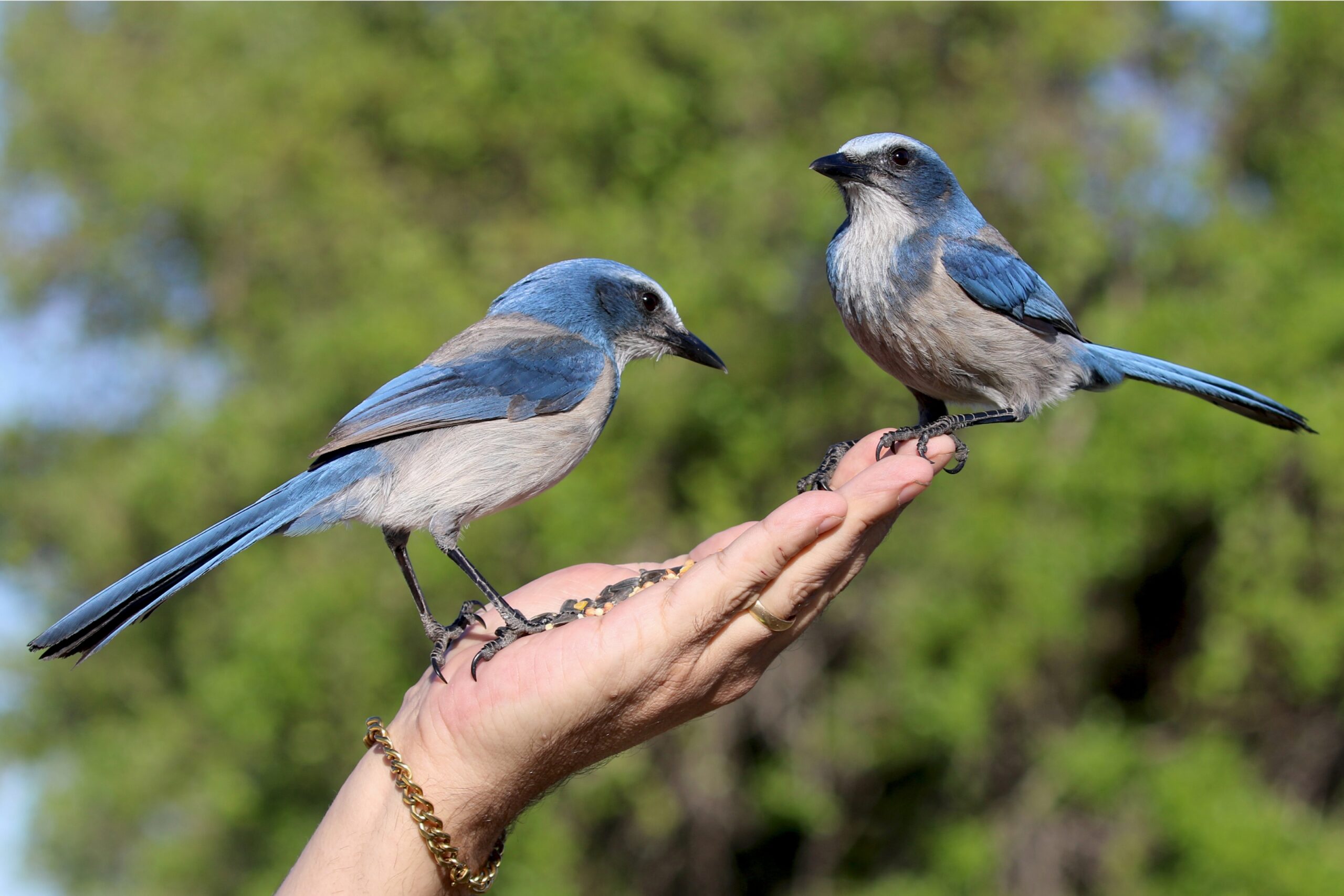
Bluebirds and blue jays are two birds that come from different species. Generally, these two do not get along well despite having “blue” in their names and plumage.
Since they belong to different bird families that have distinct behaviors and habitats, these two birds do not interact or get along as much.
Final Thoughts
While both bluebirds and blue jays share the enchanting allure of their blue feathers, their differences in behavior, habitat, and diet set them distinctly apart. Bluebirds symbolize tranquility with their melodious tunes amidst grassy landscapes, enjoying insects and berries.
On the other hand, the bold and assertive nature of blue jays, along with their preference for seeds and small vertebrates, highlights their vital role in upholding the harmony of ecosystems.
FAQs
Is There A Difference Between A Blue Jay And A Bluebird?
Yes, they differ in size, attitude, colors, and markings. Blue jays are larger and have a bold attitude with striking blue and white colors, while bluebirds are smaller, soft birds known for their vibrant blue hues and melodic songs.
Is A Bluebird A Jaybird?
No, a bluebird is not considered a jaybird. Bluebirds belong to the thrush family, while jaybirds, specifically blue jays, are crow family members. They come from different bird species.
Do Bluebirds And Blue Jays Get Along?
Bluebirds and blue jays do not typically get along well together. Blue jay’s assertive and aggressive attitude may threaten smaller birds, like bluebirds.
Are Blue Jays The Smartest Bird?
No, they are not considered the smartest. However, they are intelligent birds known for their problem-solving and memory skills.
Are Blue Jays The Most Aggressive Bird?
No, but they are among the aggressive bird species. Some other birds, such as raptors and territorial birds, exhibit more aggressive behaviors than blue jays.

